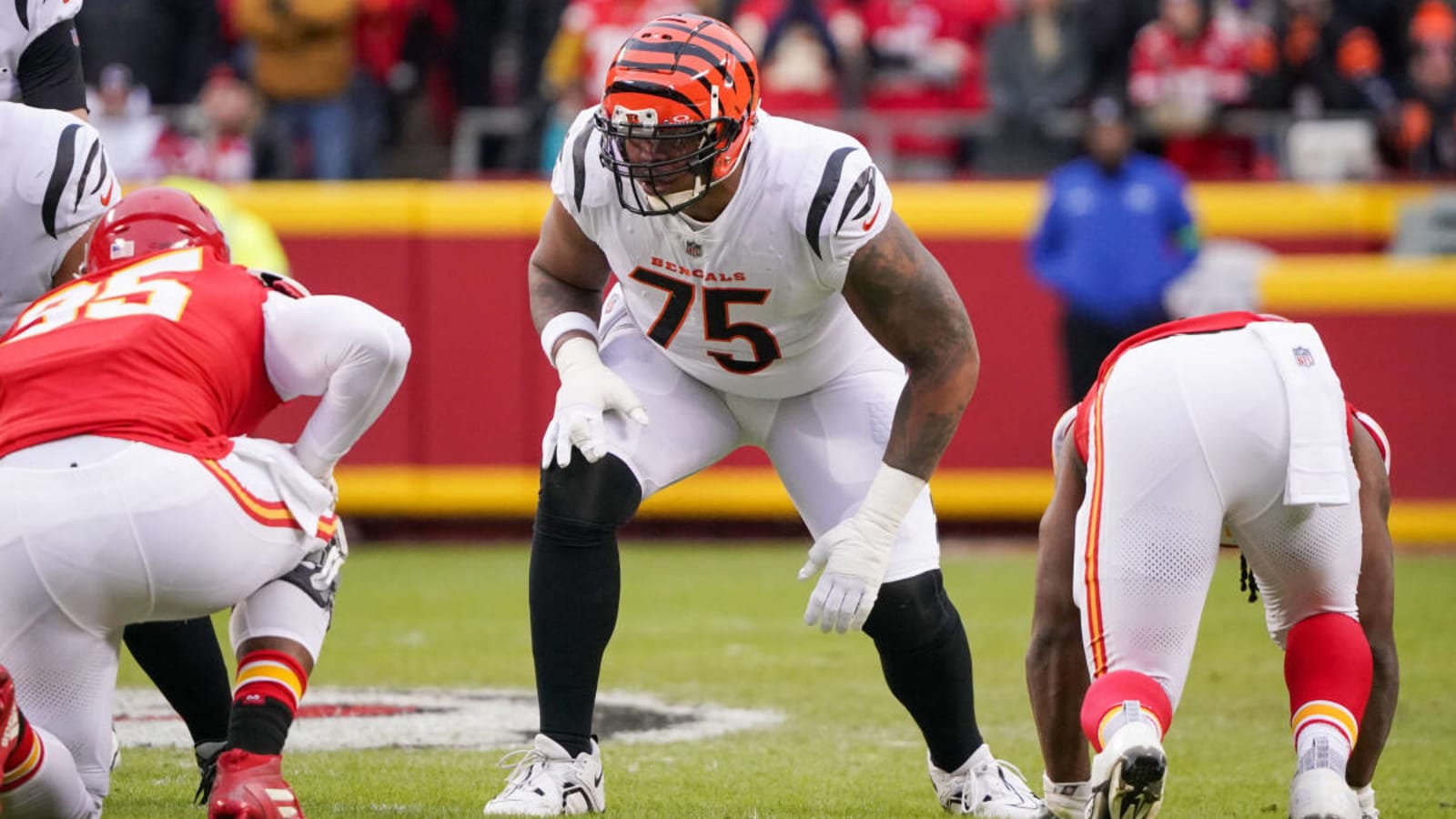
Orlando Brown Jr.’s four-year contract was signed by the Cincinnati Bengals last year, and the team accomplished more than just finding a left tackle. In addition, they wrote franchise history with a single penstroke.
Brown’s $64 million deal paid him the largest signing bonus in team history at the time before Joe Burrow set that record himself a few months later. Cincinnati paid Brown just over $31 million soon after Brown put pen to paper last March. The Bengals can make more contractual history with Brown a year later with a savvy move they’d be silly not to make: restructuring his contract.
In the Bengals’ history, there has never been a documented contract restructuring. It’s among the last bastions of conservatism that have prevented the franchise from fully modernizing. While it’s not always a foolproof plan, in cases like this it’s better to take action than to do nothing. This is how it might proceed.
How player contracts are restructured by the NFL
When it comes to restructured contracts in the NFL, there’s a typical disconnect. Restructuring a contract does not include changing the amount of money included in it. It merely modifies the amount of money, when it is disbursed to the player, and the portion that goes toward the cap.
According to Over The Cap’s definition, the majority of restructures are just conversions:
Teams have the option to turn over a signing bonus that is prorated for the duration of the contract, the bulk of the player’s base pay for the next season. Teams can also add vacant years at the end of current contracts, or they can do this for non-prorated bonuses like roster bonuses.
Leave a Reply